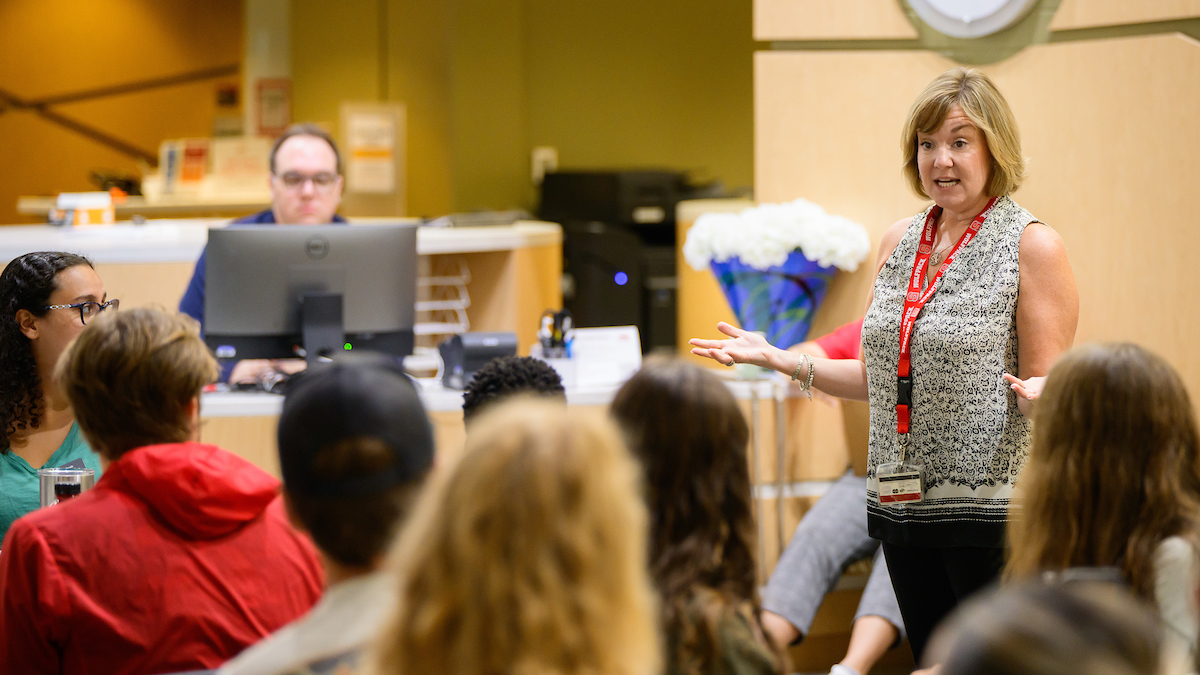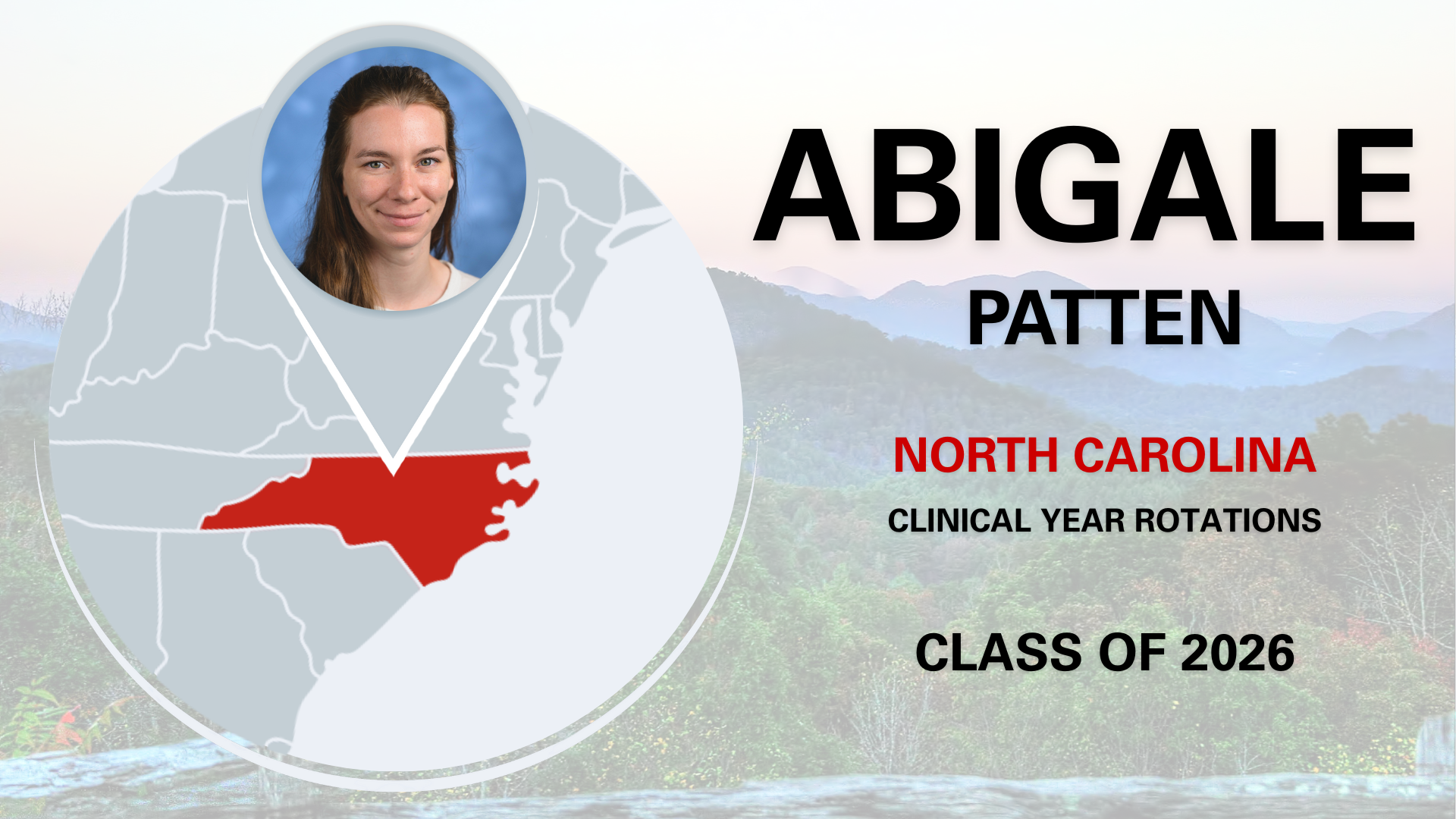Class of 2023: How a COVID Cancellation Led to Fateful Fallout
A first-person essay by Abby Cox Laws, who after graduation will be a small animal rotating intern at Colorado State University.
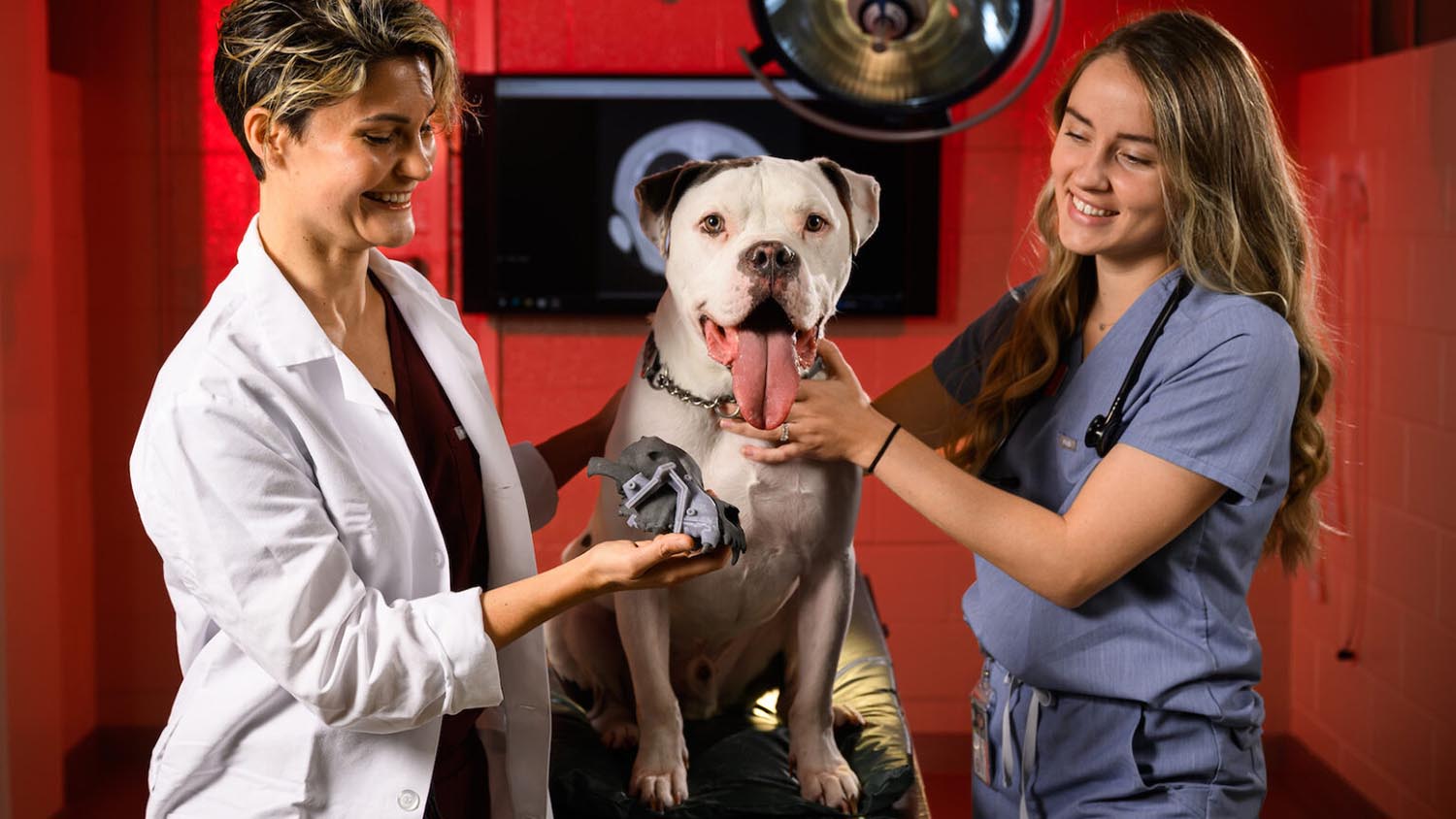
By Abby Cox Laws
In 2019, I started veterinary school focused on laboratory animal medicine. I had participated in a wide variety of research opportunities that fostered an appreciation for the role that animals can play in medical discovery and advancement.
With this in mind, I knew that I wanted to take advantage of NC State’s Veterinary Scholars Program during the summer following my first year. I went through the application process and got matched with an awesome project working with some of the laboratory animals at the College of Veterinary Medicine.
And then COVID happened.
Many summer plans were derailed, and I was left scrambling to find a research project that would be suitable for remote work. The school sent out an all-call to any faculty members who might have projects that would fit the bill.
One of the soft tissue surgeons, Dr. Marine Traverson, stepped up to fill this need and proposed a project on 3D soft tissue tumor models. I did not have a particular interest in surgery, but I was eager to fill my need for a summer position and explore a new field.
I had no idea the profound impact this project and this mentor would have on my veterinary career.
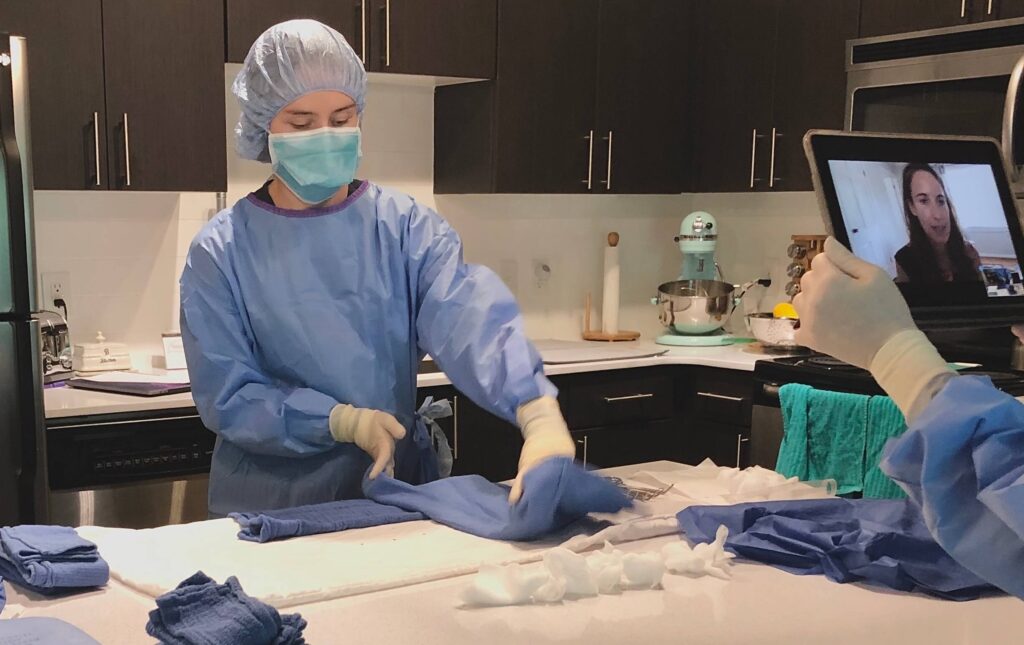
From weekly Zoom meetings and countless Google folders to teaching ourselves about 3D modeling and 3D printing, Dr. Traverson and I worked through the summer with our engineering team to create a model that would help bridge the gap between virtual learning and hands-on experience. We met on campus, masked and socially distanced, to check in and do certain aspects of the project in person when possible.
By the end of the summer, we had created multiple prototypes but still felt that we had more work to do. Throughout the rest of my veterinary education, we continued to make the model the best that it could be, testing a number of materials, 3D-printing life-like molds, and validating the model with surgeons and students.
Despite a very full schedule of performing life-saving operations, Dr. Traverson always made time for our work and helped me secure a grant to continue this work during my second summer of vet school. When applying for this grant and discussing how to allocate funding, Dr. Traverson mentioned that it would be a good idea to present our project at a surgery conference to share ideas about alternative training methods in veterinary surgery.
Although I was intimidated initially, I felt up for the challenge of presenting the work thanks to the extensive faculty support I had received.
Now, in my fourth year, we have submitted (and resubmitted) this project for journal publication, and last Fall Dr. Traverson and I traveled to Portland, Oregon, where I had the opportunity to present our work at the American College of Veterinary Surgeons Summit.
I don’t know that I will ever have the words to express how thankful I am for this college and for the never-ending support from my amazing mentor. Working with Dr. Traverson has further fueled my love for research and academia, sparked an interest in surgery and helped prepare me to start my career as a small animal rotating intern at Colorado State University.
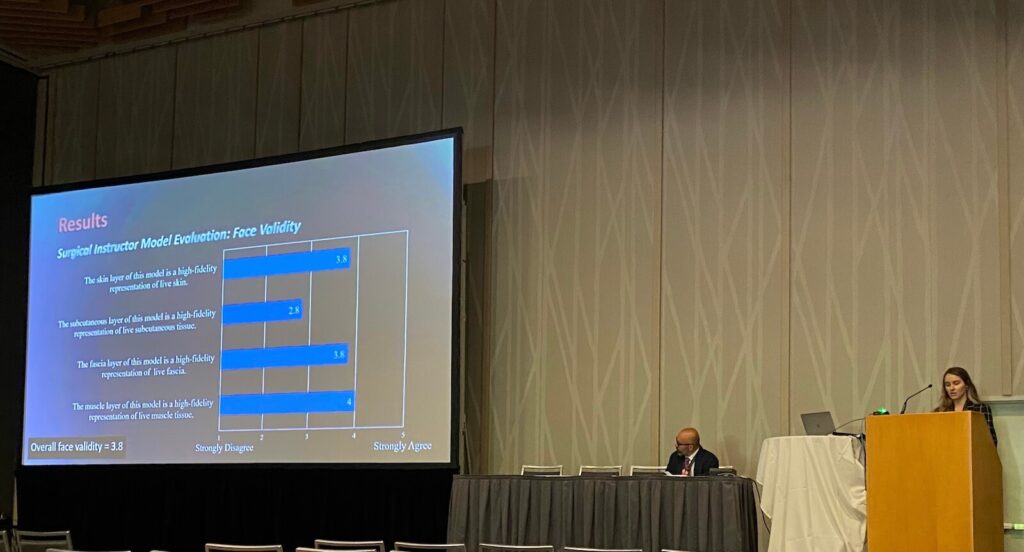
- Categories:

